From Ancient Traditions to Modern Elegance: The Timeless Allure of Inlay Jewelry
Jewelry has long been a way for people to express themselves, celebrate their culture, or simply add a touch of elegance to their look. But few jewelry techniques are as captivating—and as enduring—as inlay jewelry. From its origins in ancient civilizations to its resurgence in modern designs, inlay jewelry remains a beloved choice for those looking for pieces that are both artistic and meaningful.
In this post, we’ll explore the history of inlay jewelry, its technical evolution, and why it continues to be a sought-after style for people who value beauty, craftsmanship, and uniqueness.
The Ancient Origins of Inlay Jewelry
Inlay jewelry dates back thousands of years to some of the world’s earliest civilizations. Ancient Egyptians, for example, were renowned for their intricate inlay work, using precious stones like lapis lazuli and turquoise set into gold to create elaborate necklaces, bracelets, and rings. These pieces weren’t just decorative—they carried deep cultural and symbolic meaning, often believed to have protective or spiritual powers.
Similarly, the Mesopotamians, and later the Persians and Native Americans, used inlay techniques to create jewelry that blended beauty with craftsmanship. Whether it was gemstones, shells, or metal, these cultures perfected the art of setting one material into another, creating stunning designs that have withstood the test of time.
Inlay Techniques and How They Evolved
The art of inlay involves embedding one material into the surface of another, typically using materials like metal, wood, or stone as a base. In ancient times, inlay techniques were simple and labor-intensive, requiring the jeweler to carefully carve out sections where they would place gemstones or other materials.
Over time, these techniques evolved. In India and Persia, intricate geometric inlay patterns were used in both jewelry and architecture, adding to the sophistication of the craft. Native American artisans, particularly the Zuni and Navajo, have also contributed greatly to the evolution of inlay, using shells, turquoise, and coral to create jewelry that tells stories and reflects their deep connection to nature.
In modern times, inlay techniques have become more refined, but the essence remains the same—each piece is a blend of artistic skill and technical precision.
The Modern Appeal of Inlay Jewelry: A Blend of Art and Nature
Today, inlay jewelry is more popular than ever, thanks to its ability to bring together natural materials and human craftsmanship. One of the reasons inlay pieces stand out is that they often incorporate materials directly from nature—think wood, gemstones, and even meteorite fragments—embedded into metals like silver, gold, or titanium.
This mix of organic elements with high-quality metals creates a perfect balance of artistry and nature, making inlay jewelry an ideal choice for those looking to connect with something deeper. It’s more than just an accessory; it’s a piece of wearable art.
With the growing trend toward sustainability and eco-conscious fashion, inlay jewelry has also found a new audience. Many people are drawn to pieces that use ethically sourced or reclaimed materials, giving them the chance to own jewelry that aligns with their values without sacrificing style.
Why Inlay Jewelry Is Perfect for Self-Expression
One of the most appealing aspects of inlay jewelry is its ability to tell a story. Each piece is unique, thanks to the combination of materials and the artisan’s skill. This makes inlay jewelry a wonderful choice for people who want to express their individuality through what they wear.
Whether you’re looking for a bold statement piece or something more understated, inlay jewelry offers a wide range of designs that can fit any personality. From sleek, modern rings with metal and wood inlays to intricate designs featuring semi-precious stones, the possibilities are endless.
In fact, many people choose inlay rings for special occasions like weddings and anniversaries because they want something that feels personal, meaningful, and unique—something that can’t be found in mass-produced jewelry.
How to Care for Your Inlay Jewelry
Although inlay jewelry is known for its durability, especially when made with high-quality materials, it does require some care to keep it looking its best. Here are a few tips:
- Avoid harsh chemicals: Try not to expose your inlay jewelry to cleaning products or chemicals, as they can damage both the metal and the inlay materials.
- Store carefully: When you’re not wearing your inlay jewelry, keep it in a dry, safe place. This is especially important for pieces that include wood or other organic materials, which can be sensitive to moisture.
- Clean gently: Use a soft cloth to clean your inlay jewelry and avoid abrasive materials that could scratch the surface.
With the right care, your inlay jewelry can last a lifetime and continue to be a beautiful, meaningful part of your collection.
FAQ Section:
- What is inlay jewelry?
Inlay jewelry involves embedding materials like gemstones or wood into a metal base to create a detailed and decorative design. - Where did inlay jewelry originate?
Inlay techniques date back to ancient civilizations such as Egypt and Mesopotamia, where artisans used precious stones and metals to create symbolic pieces. - Is inlay jewelry durable?
Yes, inlay jewelry is durable, but care should be taken, especially with pieces that include delicate materials like wood or softer stones. - What materials are used in modern inlay jewelry?
Modern inlay jewelry often features materials like wood, resin, gemstones, and metals, depending on the design. - Is inlay jewelry suitable for weddings?
Absolutely! Inlay rings, in particular, are popular for weddings due to their unique and personal designs. - Can I customize my inlay jewelry?
Many jewelers, including artisan brands, offer custom inlay jewelry where you can choose materials or patterns that reflect your personal style. - Does inlay jewelry require special maintenance?
While inlay jewelry is durable, it’s important to clean it with care and avoid exposing it to chemicals or extreme conditions. - What makes inlay jewelry sustainable?
Inlay jewelry can be more sustainable when it uses reclaimed or ethically sourced materials, such as eco-friendly wood or responsibly mined gemstones. - Can inlay rings be resized?
Resizing inlay rings can be challenging, but it is often possible depending on the specific design and materials used. - What’s the difference between inlay and overlay jewelry?
Inlay involves embedding materials into a base, while overlay involves layering one material over another.
Conclusion:
Inlay jewelry is more than just a design—it’s an art form that has endured for centuries. Whether you’re drawn to its ancient roots or its modern appeal, inlay jewelry offers a unique combination of beauty, craftsmanship, and self-expression.
If you’re looking for inlay jewelry that blends tradition with contemporary style, Karen Design’s handmade inlay rings are the perfect choice. Crafted by skilled artisans, each piece is unique, ensuring that no two rings are exactly alike. Explore our collection today and find a ring that’s as special as you are.

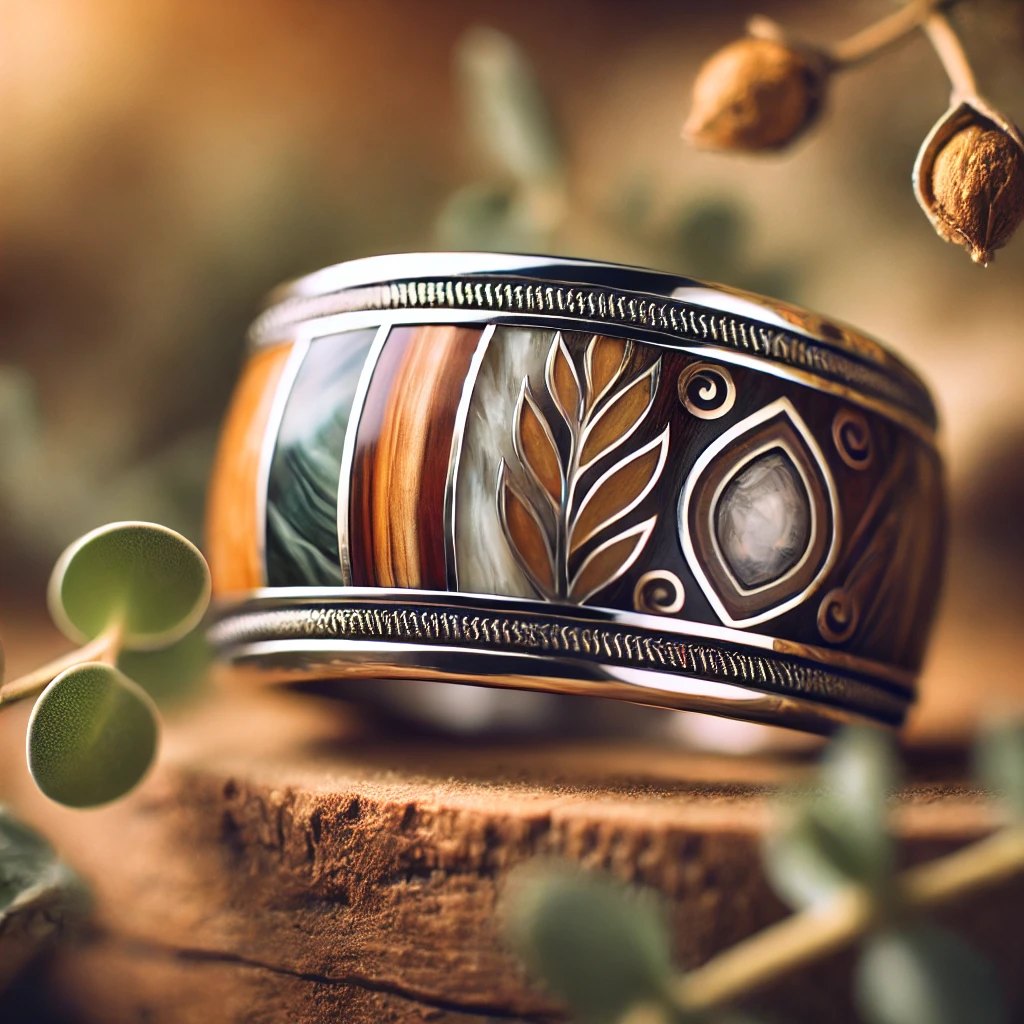
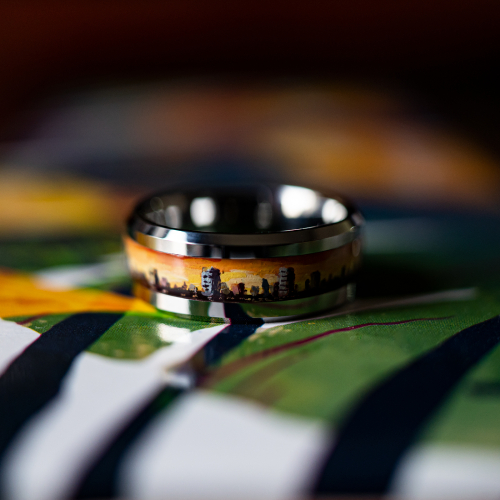
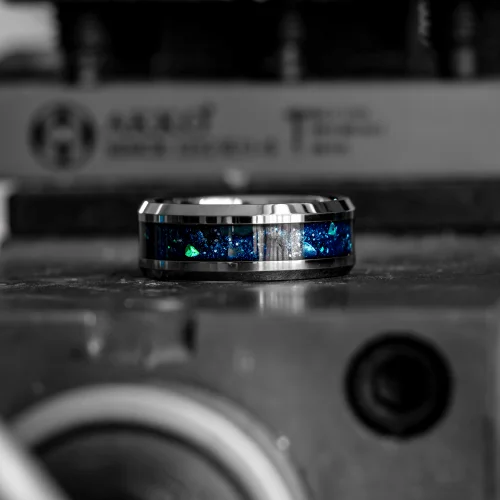
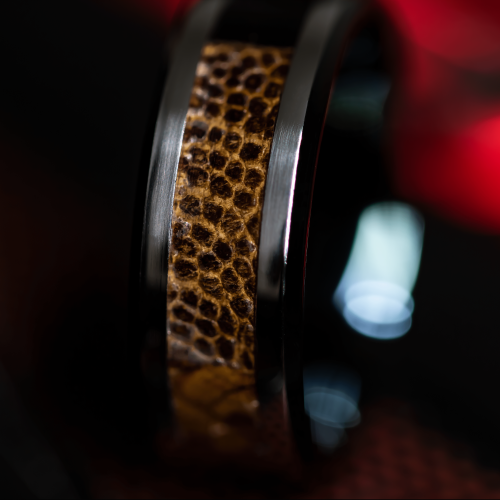
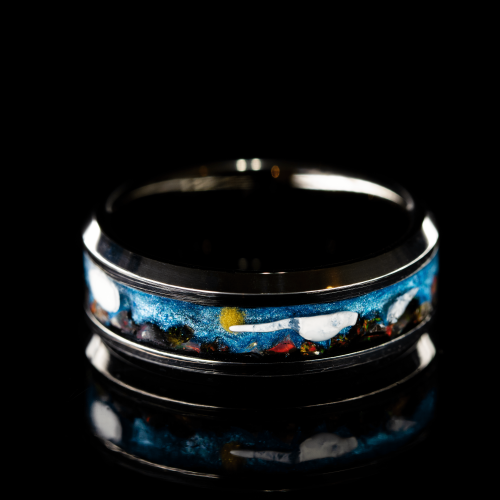

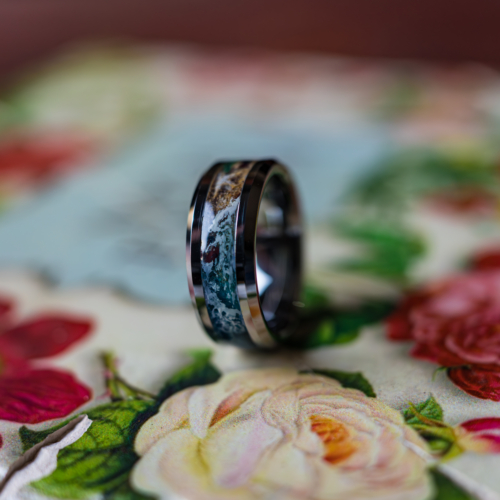
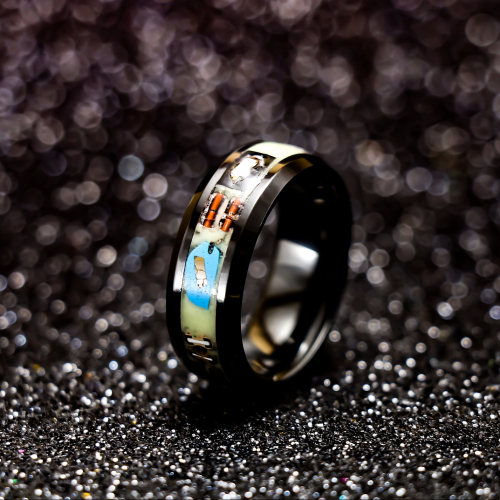
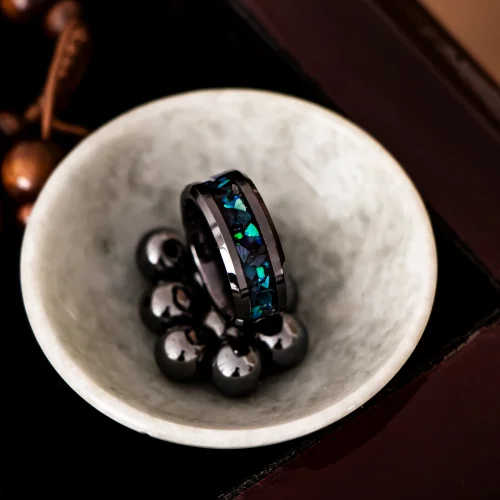
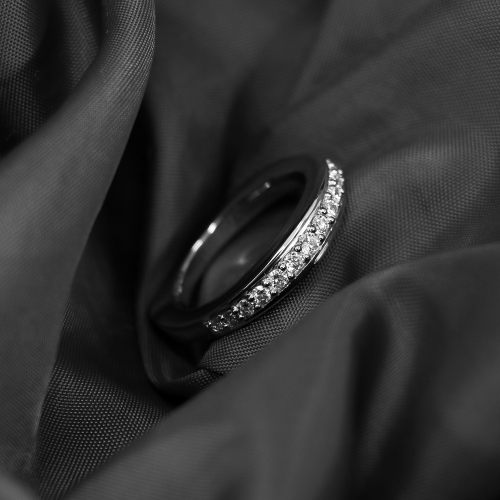


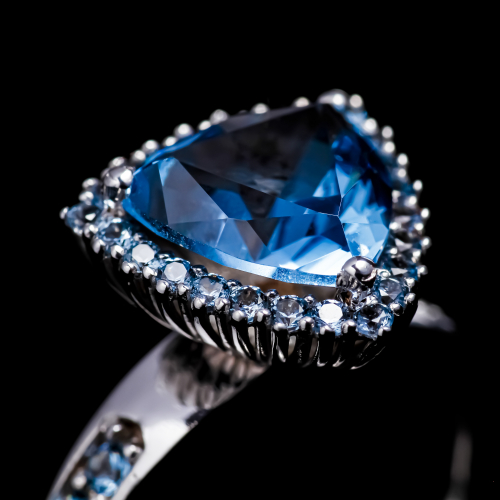
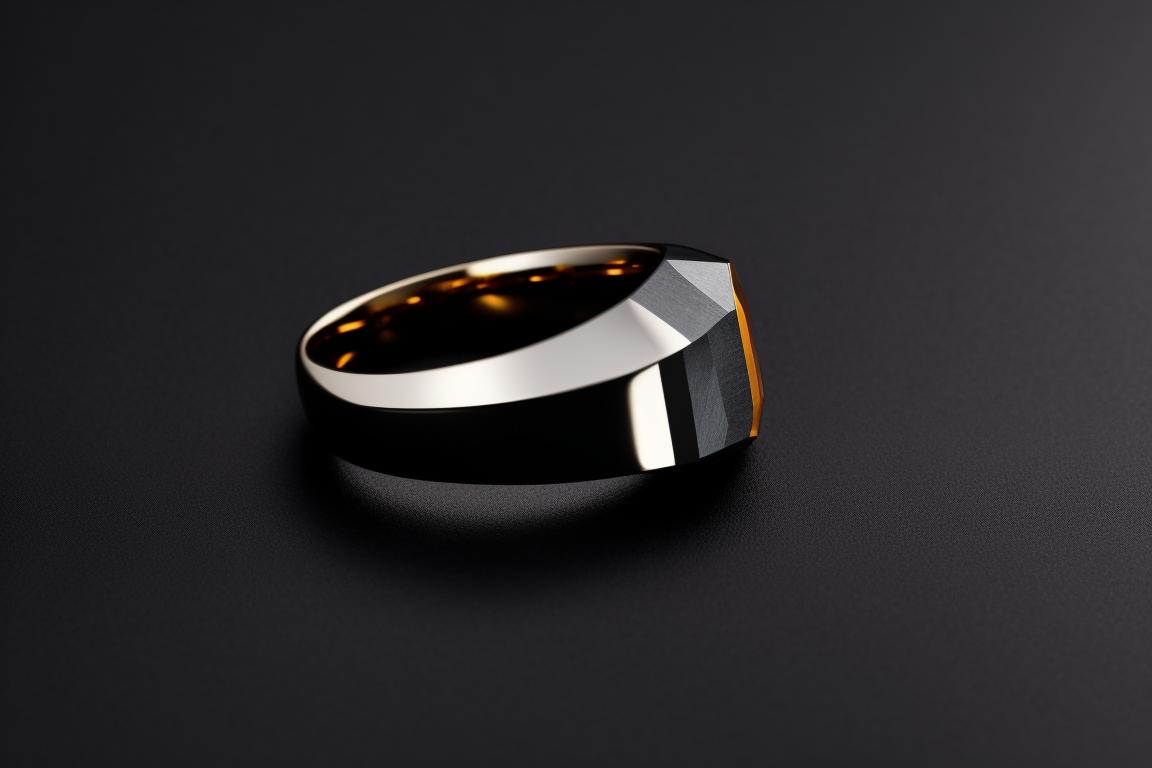
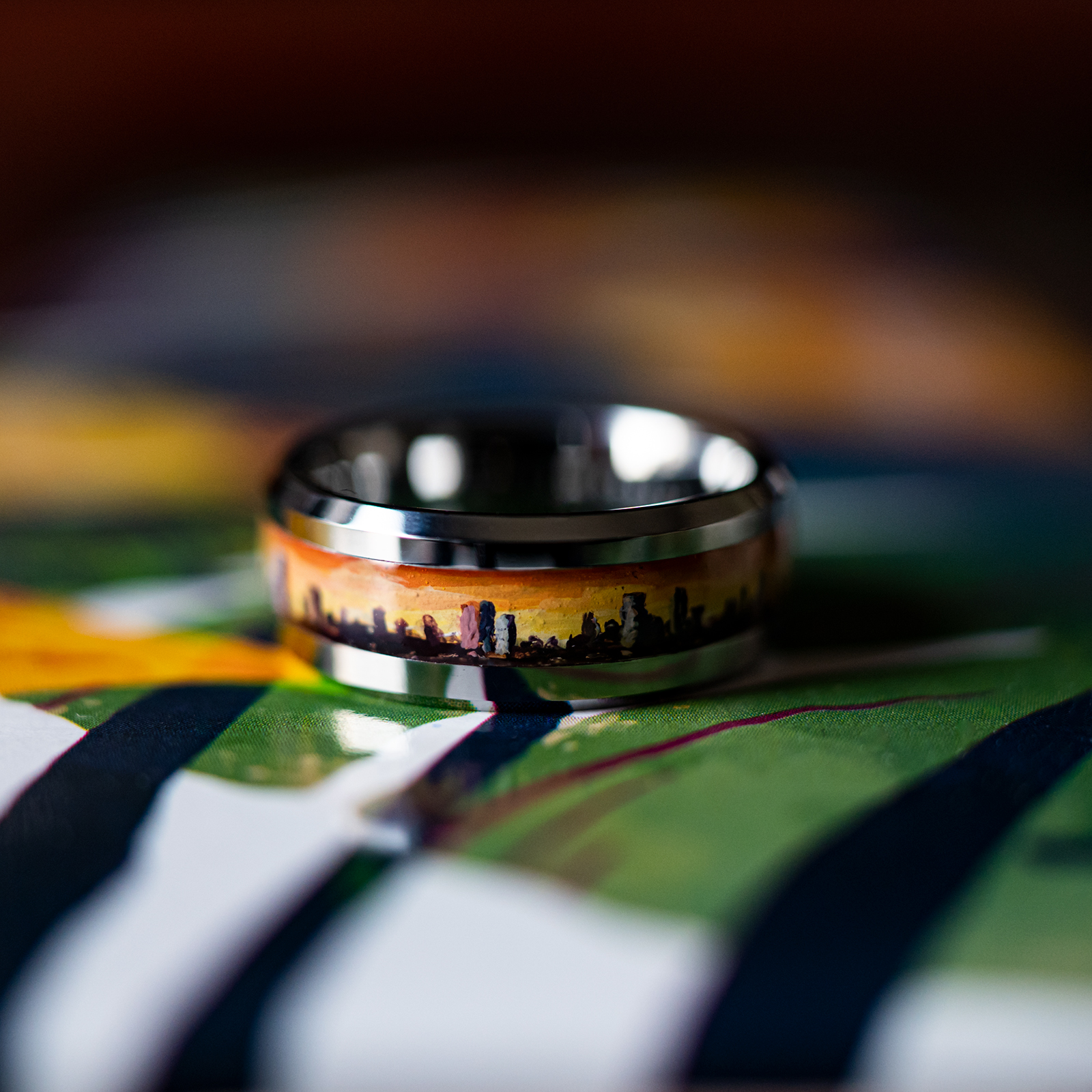

Leave A Comment